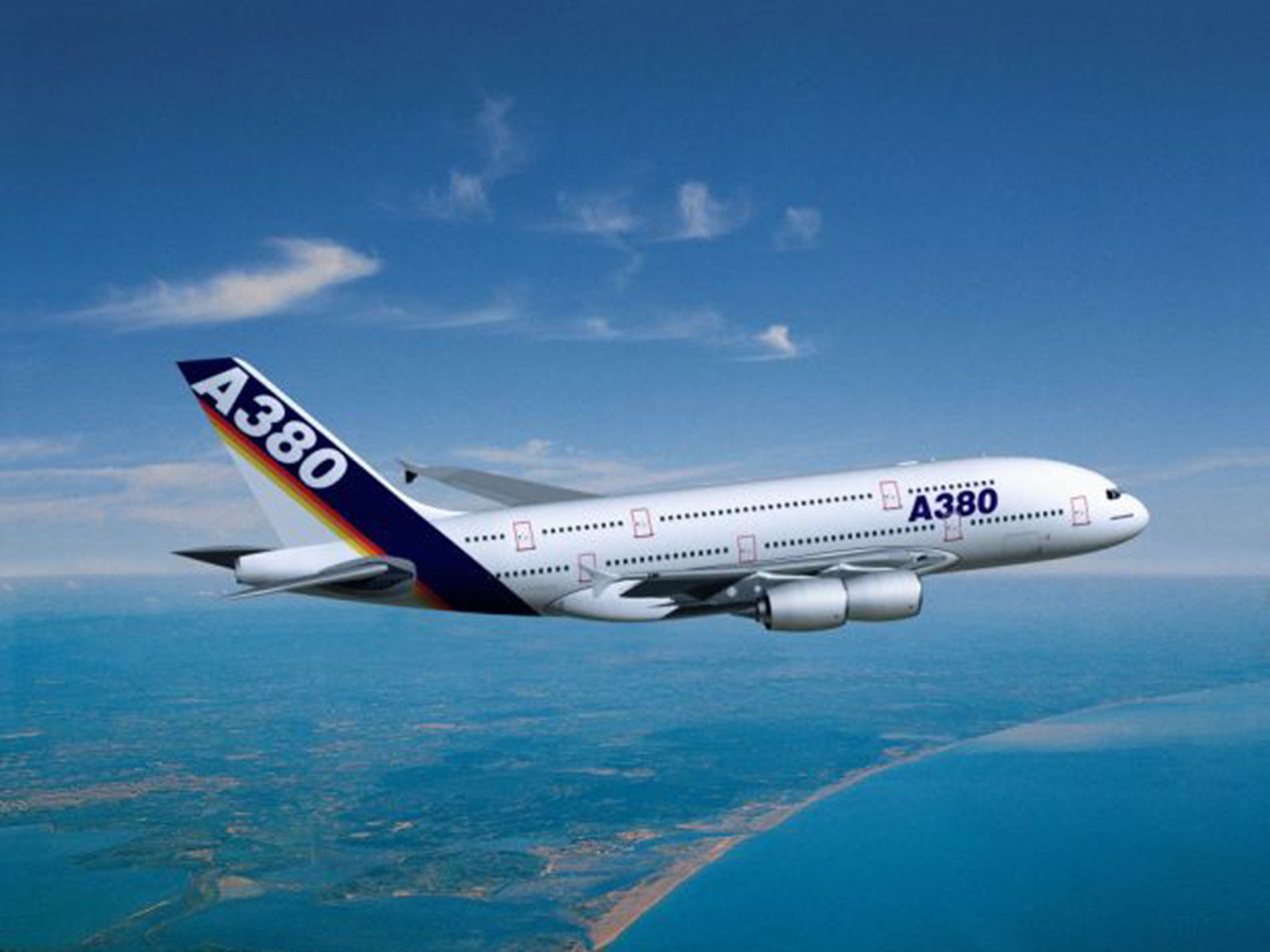Travel Unravelled: Will the 'superjumbo' ever fly in the US?

Q: I’m interested in the Airbus A380. Why do you think that no US airlines have ordered the “superjumbo”, and what is its long-term future?
Huw Harrhy, Shrewsbury
A: Some aviation analysts have suggested that the Americans have refused to buy the world’s biggest passenger jet because of anti-European sentiment. I don’t buy that: the hard-headed professionals who run US airlines wouldn’t countenance such an attitude and, besides, there are plenty of smaller Airbuses flying around the US. It is simply that the American carriers don’t believe the scale of the “superjumbo” makes commercial sense.
If you look at the size of the typical longer-haul aircraft flown by US carriers, they seem to be shrinking. A couple of decades ago, when I flew to, from and over America, it always seemed to be aboard Boeing 747s, McDonnell Douglas DC10s and Lockheed Tristars. Now it’s Boeing 767s and 787s, with quite a lot of narrow-bodied jets, even on long routes, 757s and, increasingly, Airbus A321s. The A380 is an outlier. It was devised to offer airlines lower costs for “hub and spoke” operations, and is certainly used assiduously for this purpose by Emirates, which has ordered far more than any other carrier.
Hub and spoke enables route possibilities that are an order of magnitude larger than point-to-point. For example, if British Airways can combine 100 in-bound links to Heathrow to connect with 30 or so transatlantic destinations, that yields 3,000 route combinations all told – a much bigger total than the number of non-stop Europe-US/Canada links. This gives a competitive edge and also helps to boost loads (or at least make them more manageable). But connecting flights tend to be significantly less popular, and therefore less lucrative, than direct links. On a London to Singapore trip, for example, I would pay a premium of £100 each way to fly non-stop, rather than taking an indirect journey.
How long the A380 production line will remain open depends, of course, on the flow of orders. That, in turn, will depend on the second-hand market, which I understand is looking flaky at the moment. If airlines and lessors believe the aircraft (and its extremely expensive engines) have little resale value, they will not be inclined to order more.
But if a market does develop, and Airbus can come up with an ultra-efficient upgrade, then it could continue to fly on for a couple of decades.
Subscribe to Independent Premium to bookmark this article
Want to bookmark your favourite articles and stories to read or reference later? Start your Independent Premium subscription today.

Join our commenting forum
Join thought-provoking conversations, follow other Independent readers and see their replies